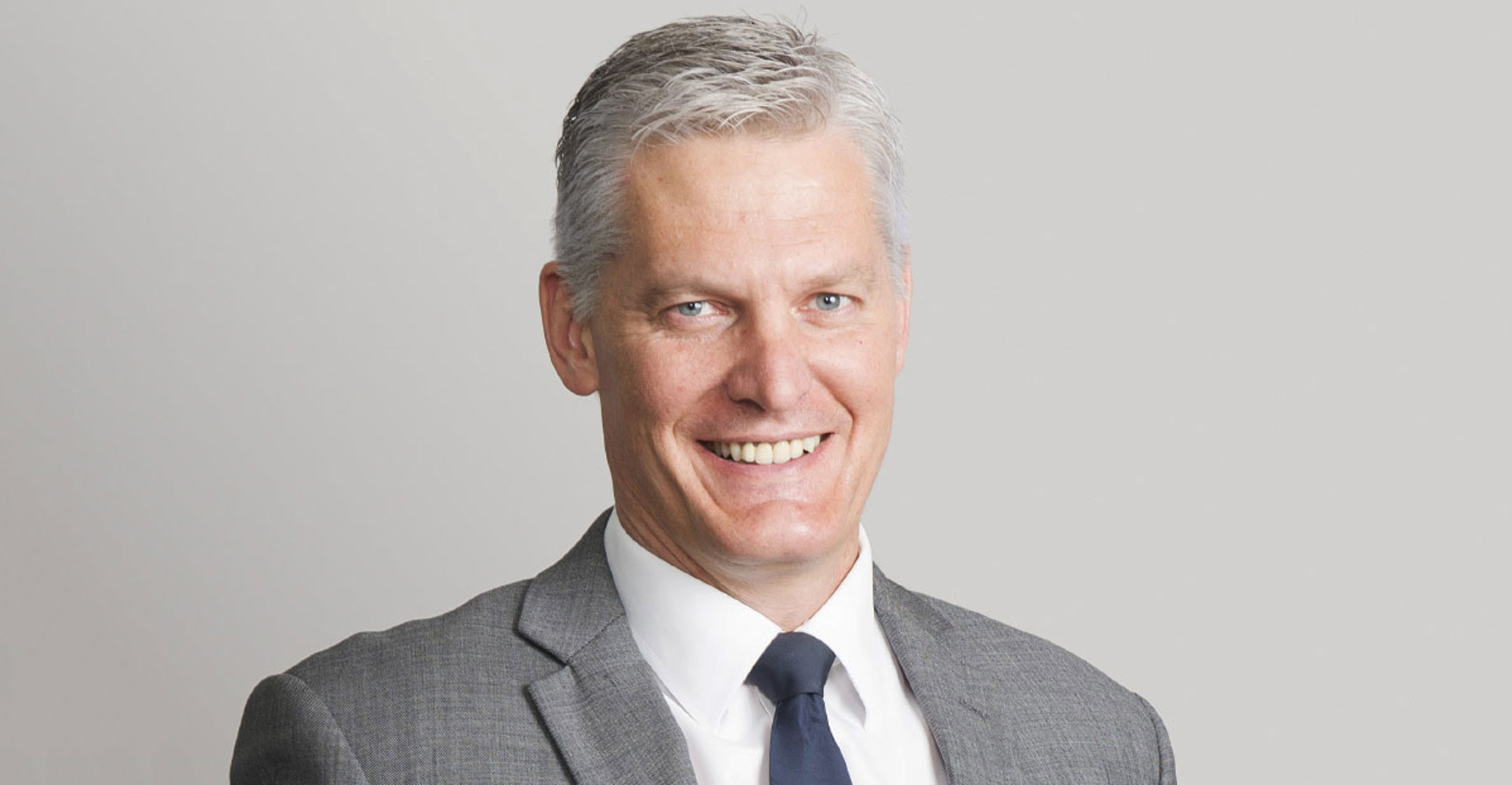 While Eskom expects to have performed adequate reliability maintenance on its aged power plants to significantly improve reliability by September 2021, the risk of load shedding will still not be eliminated going forward.
While Eskom expects to have performed adequate reliability maintenance on its aged power plants to significantly improve reliability by September 2021, the risk of load shedding will still not be eliminated going forward.
This frank admission was made by the power utility’s CEO, André de Ruyter, during a quarterly state of the system media briefing on Thursday. “We have stepped up our reliability maintenance programme to the point that we have some 14% of our units undergoing maintenance and that is a very high number, and it is reflective of the seriousness in which we are handling this.”
However, he said the power utility can “only fix so much”, with several of its power stations having already reached their design lives of 39 years. “These design lives are further compromised by the fact that we have not over the years done the mid-life refurbishments that were required. The system continues to be unreliable and unpredictable,” he said.
In a presentation, Eskom chief operating officer Jan Oberholzer said the power system remained vulnerable and volatile, with the risk of load shedding significantly reduced after the completion of the reliability maintenance by September 2021.
De Ruyter emphasised that the more capacity that the power utility can add to the grid in a short space of time, the lower the risk of load shedding will be. The power utility, he said, continues with its maintenance plan that is geared toward improving performance in sustainability which can guarantee a safe and secure supply of energy.
Promising results
“In order to do this, a major component of our turnaround programme has been to focus on repairing some of the defects inherent in both Medupi and Kusile,” De Ruyter said, adding that this has seen the utility achieve successful and promising results.
“We believe we are getting our arms around these design defects and with these modifications we will be able to achieve design outputs — in the case of Medupi, 793MW/unit, and 800MW for Kusile. We will then be able to reliably run these units at their design capacity. It will take time. We are going to be completed with the Medupi process by the end of the financial year.”

All of this, he said, will contribute to a change in the reliability of the generation system by April next year. However, this is not yet enough to eliminate entirely the risk of load shedding.
Further work, he said, is underway to extend the life of Koeberg for a further 20 years. “The milestone achievement of the past months being the arrival of the first of six steamed generators.”
De Ruyter said it was important that Eskom becomes a viable power utility. “For that reason, there is a requirement for us to have cost-reflective tariffs and that these put us in a position where we can recover our reasonably incurred costs so we don’t ask the public to subsidise Eskom’s deficiencies and our excess costs,” he said.




